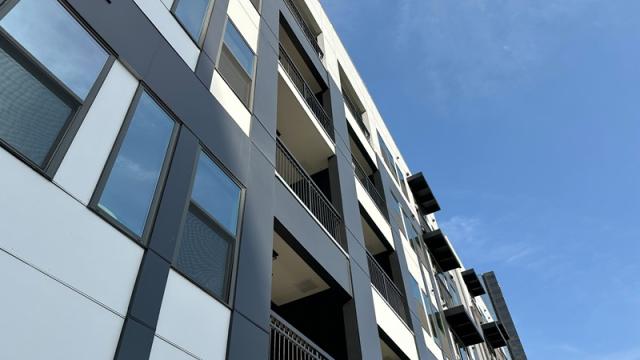2023 has seen rent growth decelerate nationally and even turn negative in some markets. But even as asking rents drop, some markets can still fetch significantly higher rents than national averages. Ten major markets lead the nation in asking rent per square foot. And, on the flip side, where are rents per square foot the lowest? Dive into the latest CoStar data to find out.
Top 10 markets with highest asking rent per square foot
Coastal markets bring in the highest rents across the country — all of the top 10 markets fall along the West or East Coast. The West is home to the majority of the most expensive rental markets, with California representing over half of the top 10 spots. Key markets in the Northeast also made an appearance, and Miami’s hot market rental rounded out the list.
1. San Francisco, CA

Despite significant headwinds, San Francisco remains the priciest rental market in the country, with rent per square foot hovering around $4 throughout the 2023. As of the latest CoStar estimate for the fourth quarter, rent is $3.98 per square foot, a slight drop from its 2023 high of $4.04 per square foot in the second quarter. Even with these fluctuations, San Francisco rent per square is more than double the national average of $1.86.
Beyond San Francisco proper, this market includes part of the Peninsula, from Daly City to San Carlos.
Despite weakening demand due to outmigration from remote work and quality of life concerns, San Francisco rents still rank as the highest in the nation. In contrast to the record-high vacancy rates in the office sector, vacancy rates for multifamily in this market remain below national averages.
Notorious for its challenging environment for developers, San Francisco has seen limited new development and is home to a small inventory. Alongside its high cost of living, these factors have contributed to the high rents and relatively low vacancy in the City by the Bay.
Studio asking rent in the San Francisco market is $2,151, well above the national average of $1,515, and asking rent for a three-bedroom rental is a whopping $4,965, over double the national average.
2. New York, NY

Home to a vibrant cultural life, New York City rents dipped during the height of the COVID-19 pandemic but have bounced back. At an estimated $3.92 per square foot, New York asking rents are only behind San Francisco.
But unlike the City by the Bay, New York rents are on the rise, a favorable trend for apartment owners and operators in the Big Apple. The New York market has seen an increase in average asking rents from $3.77 in the first quarter of 2023 up to an estimated $3.92 by the end of the year.
With a vacancy rate of 2.5 percent, New York remains one of the tightest multifamily markets in the country, where renters continue to compete for a limited number of units.
Average asking rent per unit ranges from $2,536 for a studio to $4,771 for a three-bedroom, far above national averages.
3. San Jose, CA

Within the South Bay, San Jose is a sought-after rental market with prices nearly as high as its San Francisco neighbor. The San Jose market, which includes Palo Alto and Mountain View, is home to Silicon Valley giants such as Apple and Google. Boosted by high tech salaries, even higher home prices, and scant multifamily inventory, rents are significantly above national averages, coming in at $3.34 per square foot in Q4.
Despite its position in the third spot for highest rent, the San Jose market has seen a downward trendline in recent quarters. At negative 1.1 percent, San Jose’s drop in month-over-month growth last month was among the sharpest declines in the nation.
Factors contributing to San Jose’s negative rent growth include softening demand, thanks to economic uncertainty that has been especially pronounced in the tech sector.
4. Boston, MA
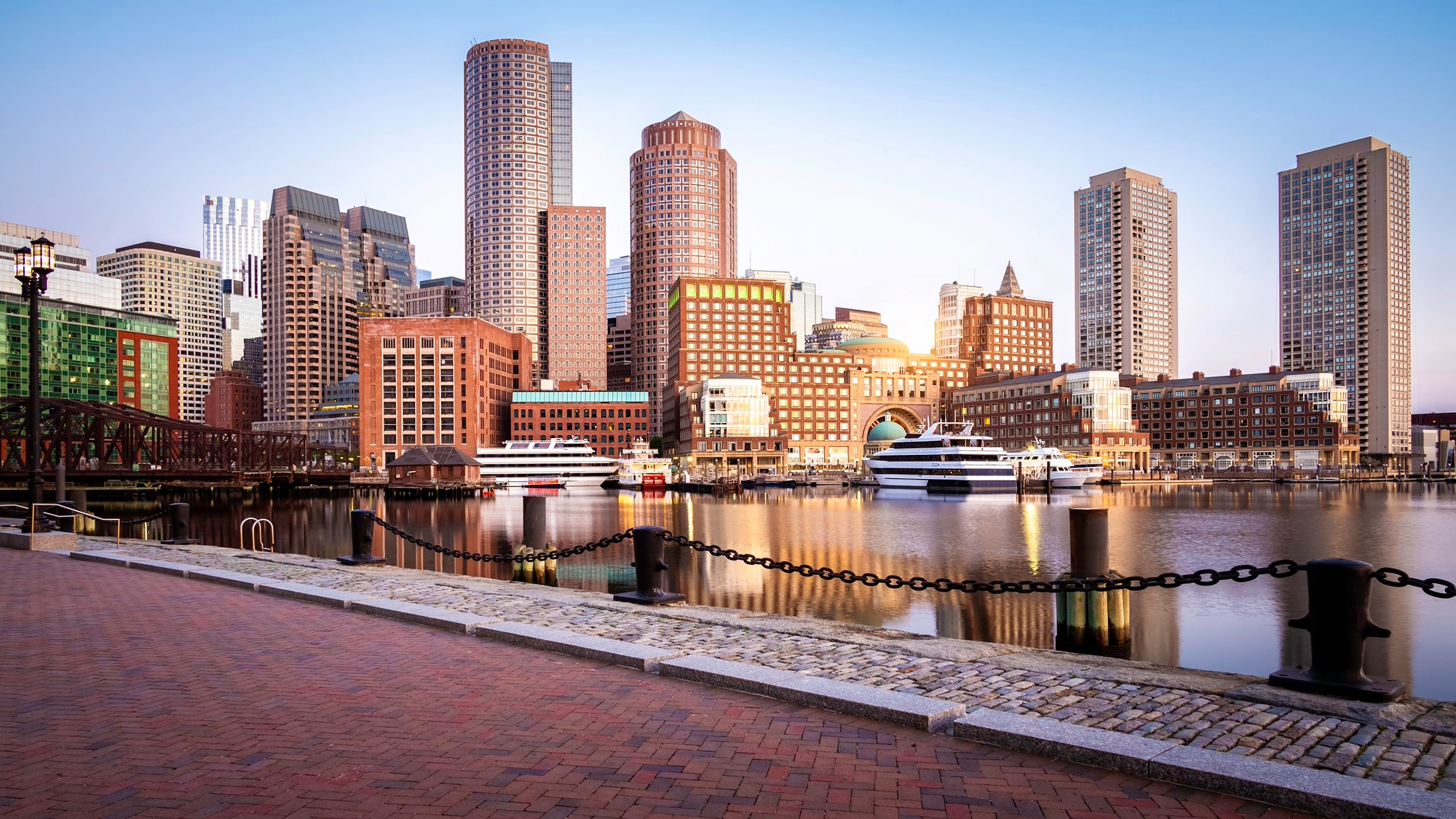
The second Northeast market within the top 10, Boston is home to asking rents that average $3.12 per square foot, as of CoStar’s latest estimate for Q4 2023.
Unusual within this list, Boston boasts not only high rent but also significant rent growth. Among major markets, the Massachusetts capital came in 10th place for rent growth in the second quarter and has consistently remained in the top 10 throughout 2023. Boosted by its low supply and high absorption, year-over-year rent growth for the Boston market in the third quarter was 2.8 percent, compared to the national average of 0.8 percent.
Boston has consistently come in fourth for rent per square foot throughout 2023. Paired with its high asking rent, this market offers favorable conditions for multifamily owners and operators looking for rent growth. The market is home to top universities Harvard and MIT and employers in the financial sector, including Fidelity, Mass Mutual, and John Hancock.
5. Orange County, CA

The Southern California market of Orange County falls within the Los Angeles metropolitan area and is known for its beaches, theme parks, and affluent lifestyle. With one of the lowest apartment vacancy rates in the nation, the Orange County market commands rents over 1.6 times the national average. The asking rent for this market was $3.01 in the third quarter is expected to hit $3.02 by the end of the fourth quarter.
At the same time, rent growth has outpaced the national average. Q3 rent growth of 1.9 percent was over double the national average, and the expected jump to 3.7 percent by Q4 will be over 12 times the national average for rent growth. With this rate of growth, Orange County is expected to rank second in the nation for rent growth in Q4. This rare combination of high rent per square foot and surging rent growth establishes excellent conditions for multifamily owners and operators.
6. East Bay, CA
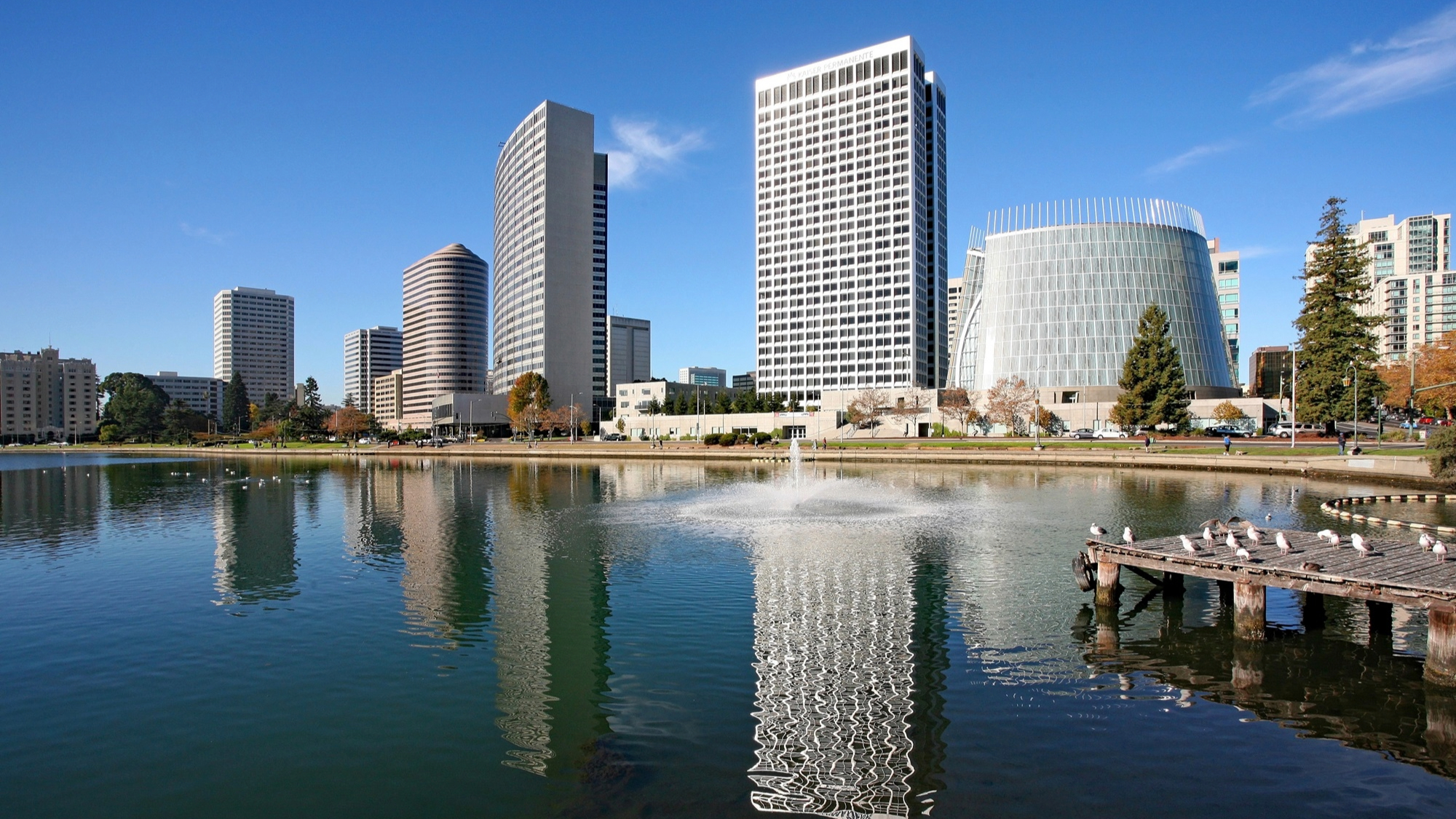
The third Bay Area market in the top 10, the East Bay includes cities Berkeley, Oakland, and Fremont. Across the Bay from San Francisco, this market is relatively affordable within the Bay Area but still commands significantly higher rents than most of the nation.
Hovering around $3 per square foot for most of 2023, the average asking rent per square foot in the East Bay is expected to drop to $2.96 by the end of the fourth quarter. This decrease comes as more multifamily supply comes online in a region previously known for limited supply.
Year-over-year rent growth turned negative in this market in the second quarter of 2023, falling to negative 1.3 percent, and has remained negative throughout the remainder of the year.
7. San Diego, CA

Known for its beaches and proximity to the Pacific Ocean and the Mexican border, San Diego is yet another high-cost rental market in the Golden State.
This market, which spans from Oceanside to Santa Ysabel to Imperial Beach, is characterized by relatively low vacancy, due to its consistent undersupply of apartment units. New supply has concentrated in Chula Vista, the Balboa Park neighborhoods, and the South I-15 Corridor, and demand has continued to outpace supply, a positive indicator for apartment owners and operators.
Asking rent per square foot in San Diego has dropped from $2.93 in the second quarter, when it was among the top 10 rent growth leaders, to an estimated $2.86 by the end of 2023. Year-over-year rent growth, while still positive and well above the national average of 0.8 percent, has fallen from 4.8 percent in the first quarter to 0.8 percent in the fourth quarter. San Diego is currently in 22nd place for rent growth among major U.S. markets, a drop from its sixth position during the first quarter.
8. Los Angeles, CA

One of three Southern California markets in the top 10, Los Angeles command rents of $2.85 per square foot, according to the latest CoStar estimates for the fourth quarter of 2023.
While the vacancy rate is lower than the national average, demand for apartments has cooled in recent months, seen in the drop in rent growth from 2.1 percent in the first quarter to 0.5 percent in Q3. Rent growth is expected to dip into negative territory by the end of the year.
The local economy is bolstered by tourism, entertainment, international trade, fashion, and the aerospace industry. The market extends beyond the city of Los Angeles to include Santa Clarita, Lancaster and Long Beach.
9. Miami, FL
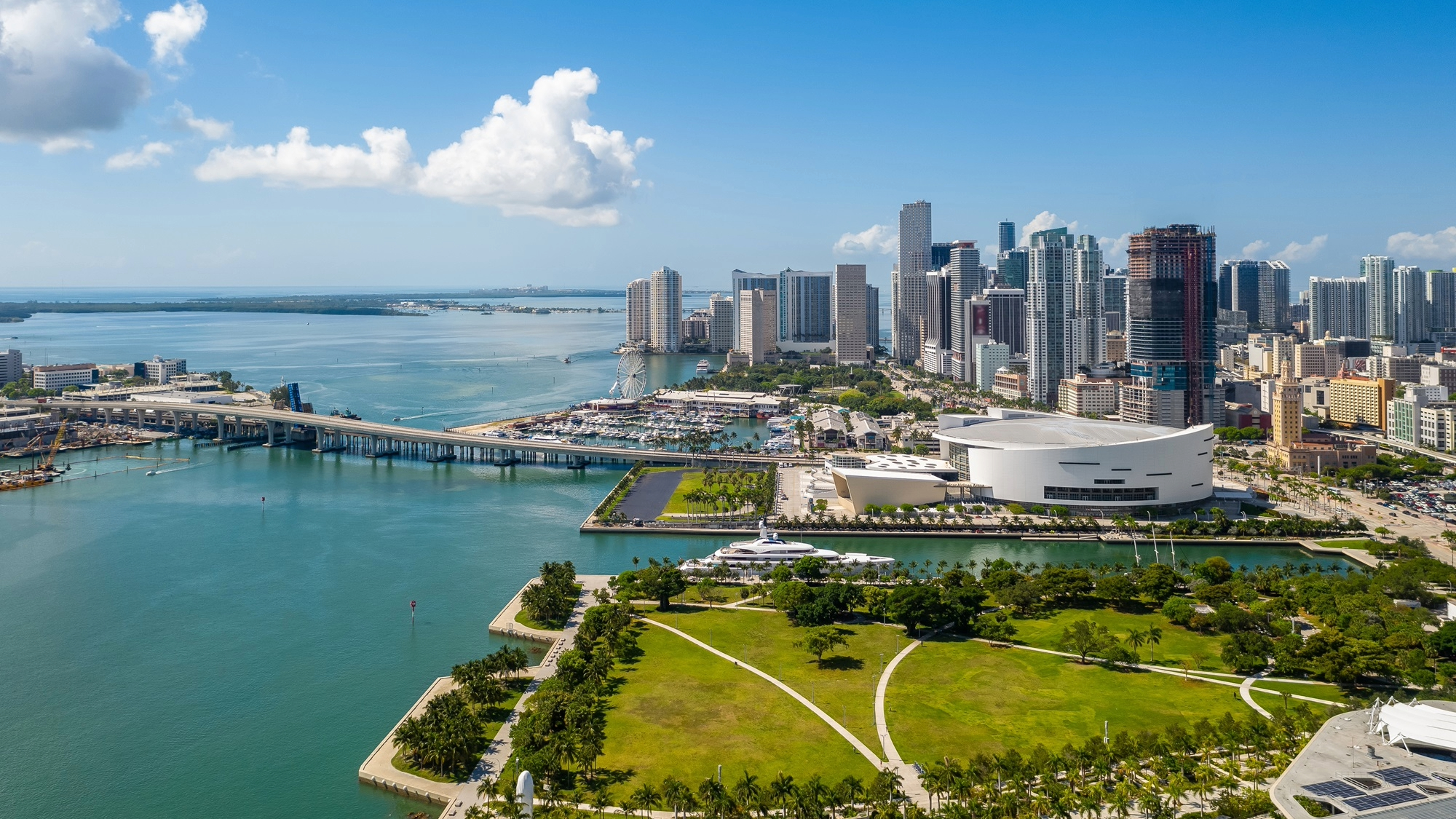
A beneficiary of the pandemic-era migration to the Sunbelt, the Miami market has seen comparatively tepid demand in the last year but has retained favorable conditions for apartment owners and operators.
This formerly hot market continues to command relatively high rent, with asking rent remaining at $2.62 for the most of 2023.
Year-over-year rent growth has dipped from 4.1 percent in the first quarter to an estimated 1.1 percent for the fourth quarter. Despite the downward trend, rent growth in this market remains above the national average of 0.8 percent and is not expected to drop into negative territory.
At the same time, however, the Miami market is facing an elevated supply pipeline, with the seventh largest apartment inventory pipeline among U.S. metros.
10. Seattle, WA

Like San Francisco, Seattle is known for its booming tech industry and high cost of living. The Seattle market is home to employers such as Amazon and Microsoft, and its average asking rents are expected to come in at $2.44 by the end of the fourth quarter.
The Seattle markets has seen rent growth fall from 1.1 percent in the first quarter of 2023 into negative territory from the second quarter on. By the end of the fourth quarter, year-over-year rent growth is expected to remain in decline, at negative 0.5 percent.
Top 10 markets for lowest rent
n contrast to the pricy rental markets along the coasts, relatively low asking rents are found across major markets in the Midwest and South.
The Midwest has seen some of the lowest asking rents in the country, including major markets in Ohio, Indiana, and Missouri. Despite having some of the lowest asking rents nationwide, this region has seen a positive trendline for apartment owners and operators, and the Midwest has driven the largest rent growth in the country in recent quarters.
10. Cincinnati, OH

Asking rent in Cincinnati has remained around $1.36 per square foot for the majority of the year. At 1.7 times the national average, rent growth in this market has kept Cincinnati in the top 10 for rent growth throughout 2023. Taking the first and second spots for rent growth throughout 2023, Cincinnati is expected to rank fourth for rent growth for Q4.
9. Columbus, OH

In the heart of Ohio, Columbus comes in ninth among major markets for the lowest asking rent per square foot. At $1.35 per square foot, Columbus’s asking rent is only 75 percent of the national average. But with expected rent growth of 2.4 percent for the fourth quarter, Columbus remains a rent growth leader nationwide, thanks to a relatively healthy balance between supply and demand.
8. Kansas City, MO

One of two Missouri markets among the top 10 for lowest asking rent, Kansas City is expected to see rent of $1.34 per square foot by the end of the year. Rents have remained stable throughout 2023, varying by only a cent throughout the year.
At the same time, rent growth in Kansas City has remained relatively high. At 3.3 percent in the third quarter, rent growth in Kansas City was over four times the national average. In seventh spot for Q4, Midwestern market has remained in the top 10 for rent growth through 2023.
7. Detroit, MI
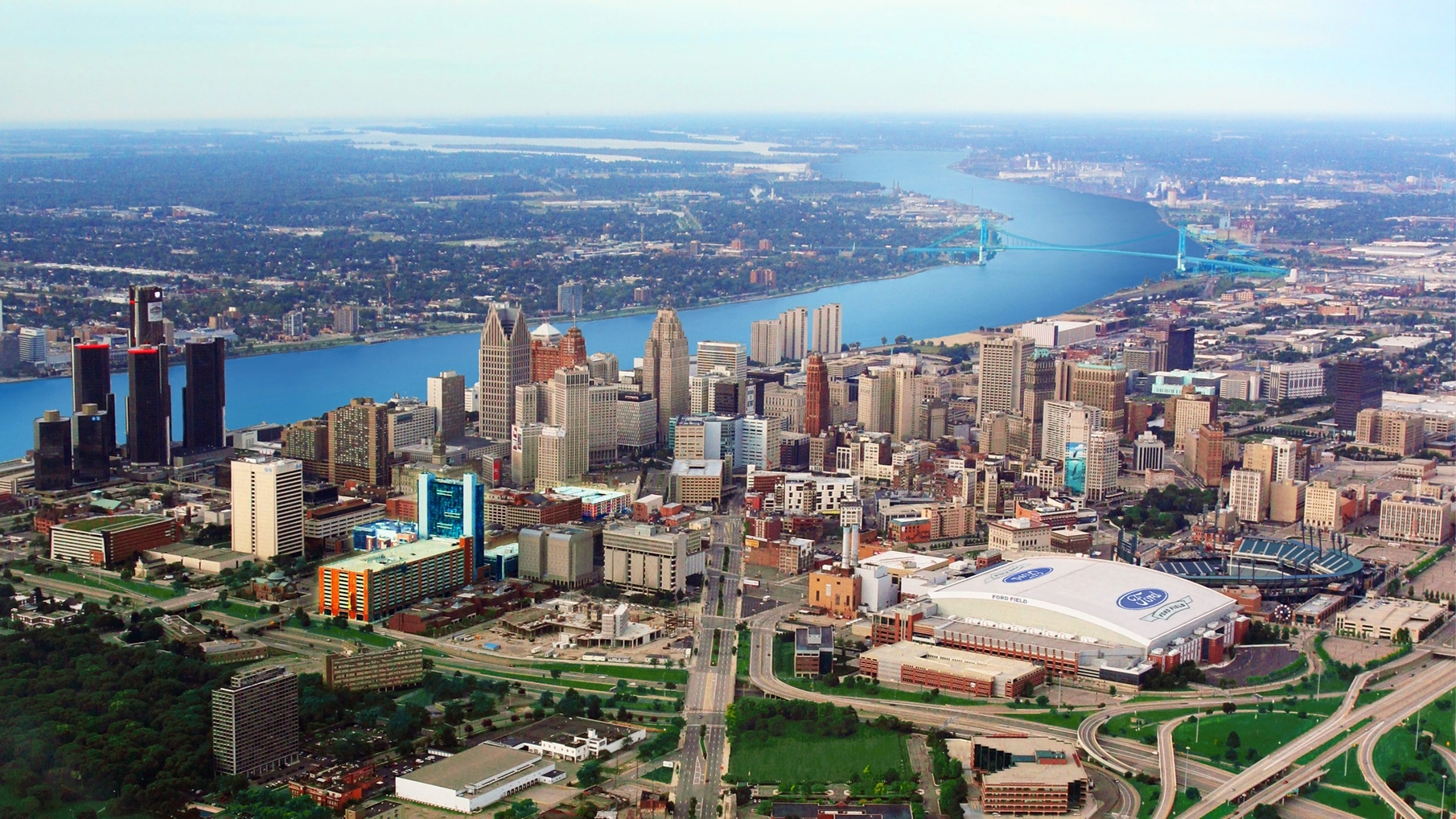
With asking rents estimated to be $1.34 per square foot by the end of the year, the Detroit rental market is among the least expensive among major markets across the country. Despite relatively low rent growth in the second and third quarters of 2023, the Motor City is expected to rebound in the fourth quarter to 1.2 percent, outpacing national rent growth with four times the national average.
6. St. Louis, MO

The St. Louis multifamily market joins fellow Midwest markets in Kansas City and Detroit with an estimated Q4 asking rent of $1.34 per square foot. At an estimated 2.2 percent for the quarter, rent growth in this market is expected to be six times the national average.
5. Indianapolis, IN

At an estimated $1.33 per square foot for Q4, asking rent in Indianapolis is among the lowest per square foot in the nation and is in good company with other major multifamily markets in the Midwest.
This market, which extends beyond the capital city, has seen above-average rent growth throughout 2023. By Q4, the Indianapolis market is expected to see rent growth of 2.6 percent, which is over eight times the estimated rate for the nation as a whole. Its robust rent growth has pushed this Indiana market into the top 10 throughout 2023. By the fourth quarter, this market is expected rank sixth in the nation for greatest rent growth.
4. Cleveland, OH

One of three Ohio markets on this list, Cleveland is expected to see asking rent of $1.33 per square foot by Q4, a slight increase from $1.32 in Q4.
The Rock and Roll Capital of the World has been leading the nation in rent growth, and rent growth is expected to increase from 2.4 percent in the third quarter to 2.8 percent in the fourth quarter. At a time when most markets are expecting to see a decline, this year-over-year growth rate is also well over nine times the national average, earning it the fifth spot in the nation for Q4.
3. Louisville, KY
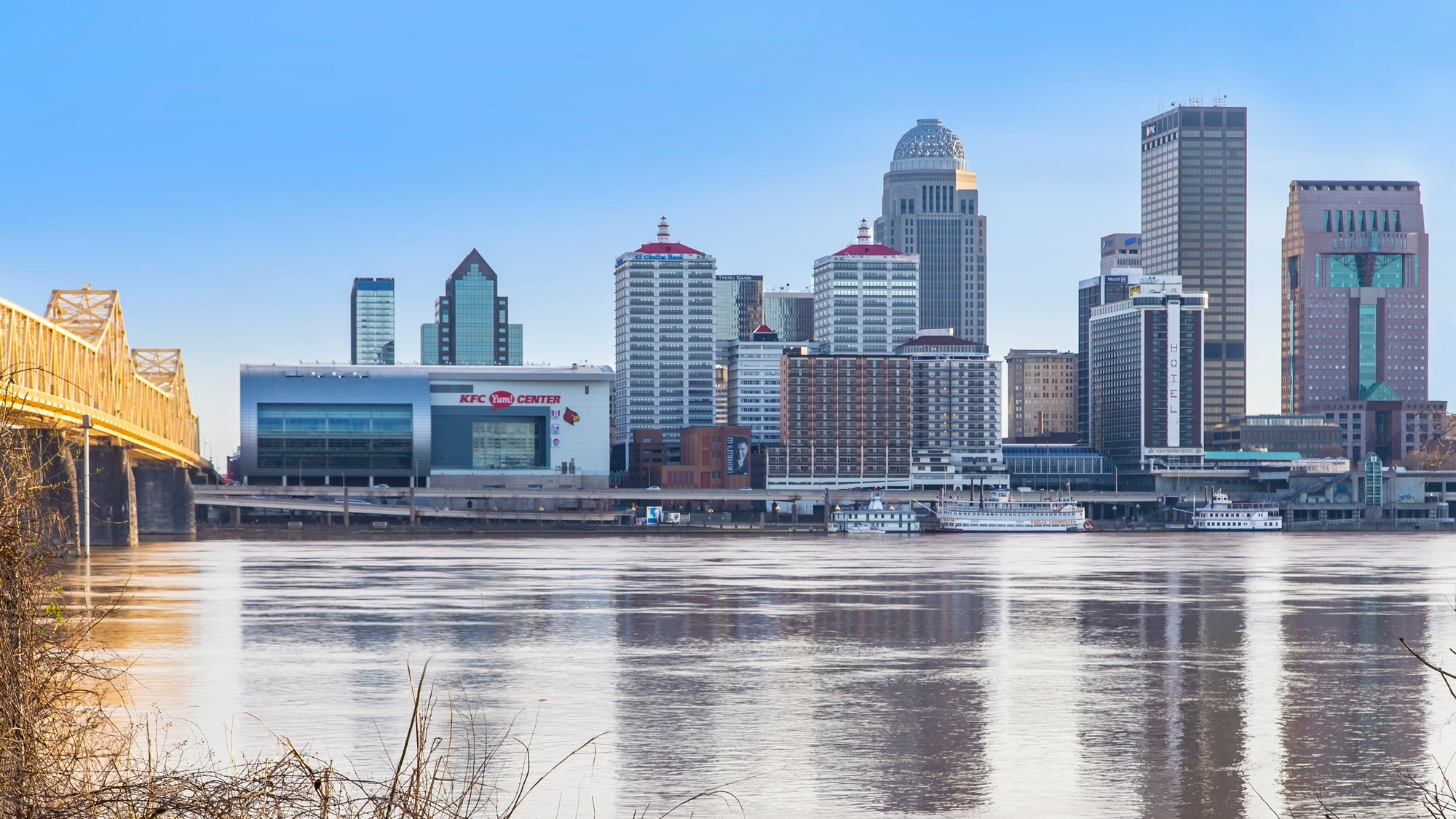
Known for bourbon and horseracing, Louisville is also home to one of the lowest asking rent averages in the country, with $1.22 per square foot expected for the fourth quarter. This is about 66 percent of the national average.
However, this Midwestern market is also expected to see asking rent rise by two cents from Q3 to Q4. With year-over-year increasing from 3.2 percent in Q3 to 3.8 percent in Q4, the Louisville market is expected to outperform the national average for rent growth by over 12 times. This high rate of growth is expected to position Louisville as the top market for rent growth in Q4.
2. Memphis, TN

With asking rent averaging $1.18 per square foot, the Memphis multifamily market only second to one other major market for the lowest asking rent in the nation.
But unlike many of the Midwestern markets on this list, this Sunbelt metro has not been driving rent growth.
At an estimated 0.3 percent, rent growth for Memphis is expected to merely match the national average, while asking rent for the fourth quarter is estimated to fall at 63 percent the national average. Asking rent for a studio is $913, compared to $1,330 for a three-bedroom.
Why the challenging conditions for the Home of the Blues? Eroding fundamentals include above-average vacancy, thanks to new deliveries and negative annual net absorption.
1. Oklahoma City, OK

Leading the nation’s major markets for lowest asking rent, Oklahoma City commands an average rent of $1.12 per square foot, according to the latest estimate for Q4. Despite asking rent at 60 percent of the national average, this low-cost market has been outpacing the national average for rent growth.
The OKC market is expected to see year-over-year rent growth of 1.9 percent by the end of the fourth quarter. Although this is lower than the metro’s Q3 rent growth of 2.7 percent, it’s a relative improvement compared to the national average. The Oklahoma market will see over six times the national average for rent growth, compared to outpacing the national benchmark at three times the rate last quarter.
Looking for more multifamily insights?
Check out the latest analysis of the multifamily market from CoStar experts Jay Lybik and Christine Cooper. This 10-minute webinar is available on demand and explores the national and regional trends in rent growth, demand, and supply.


